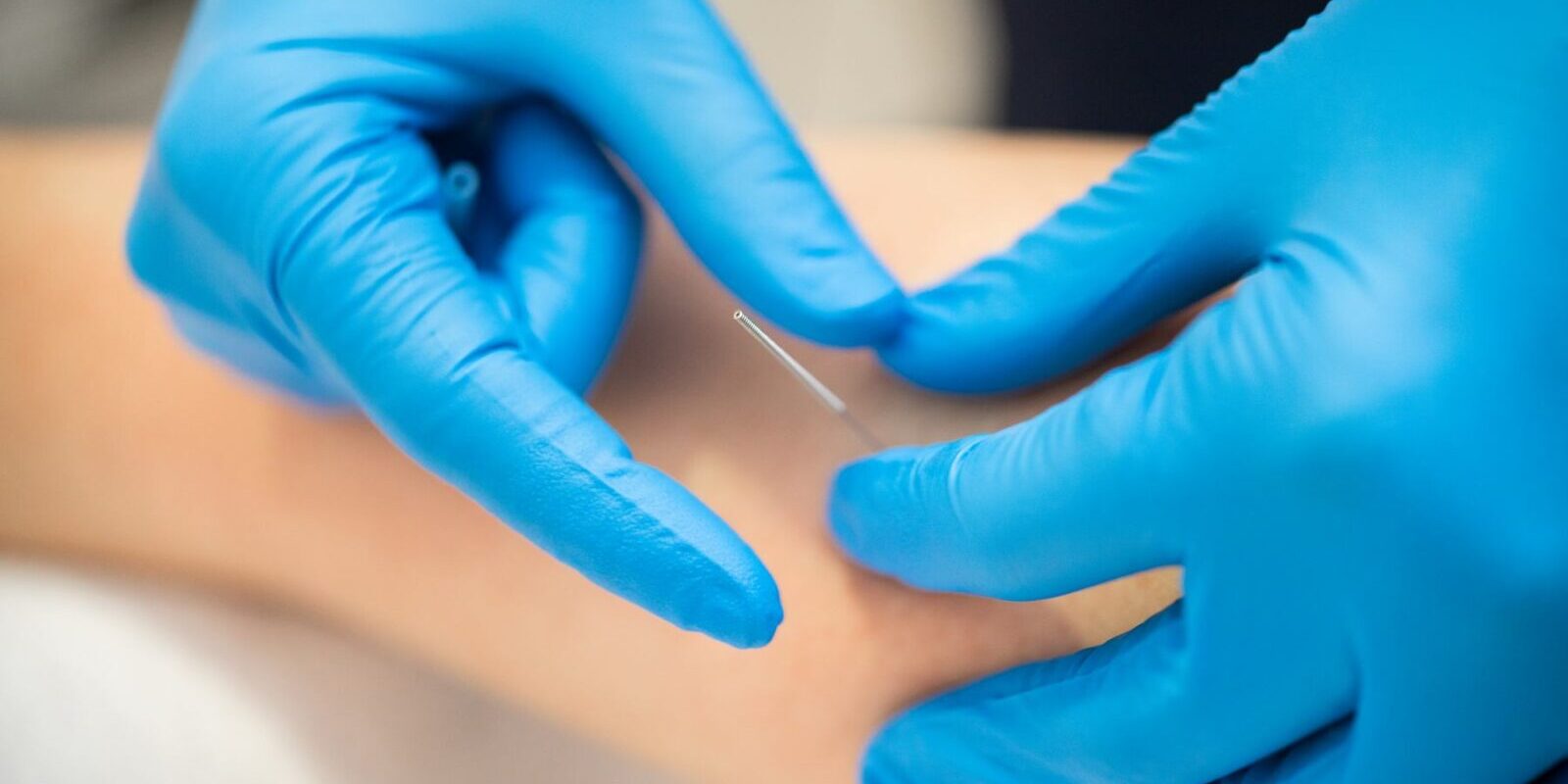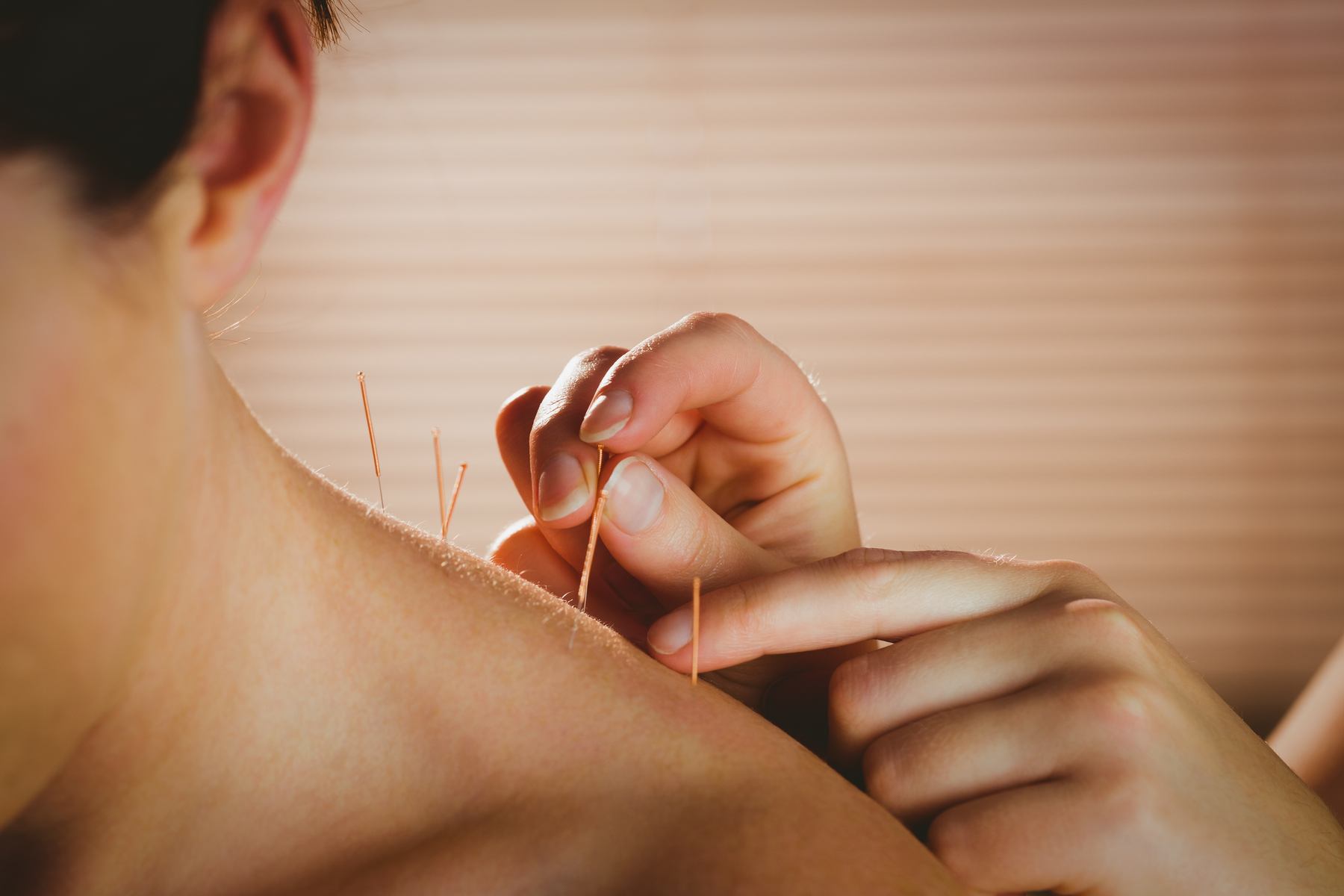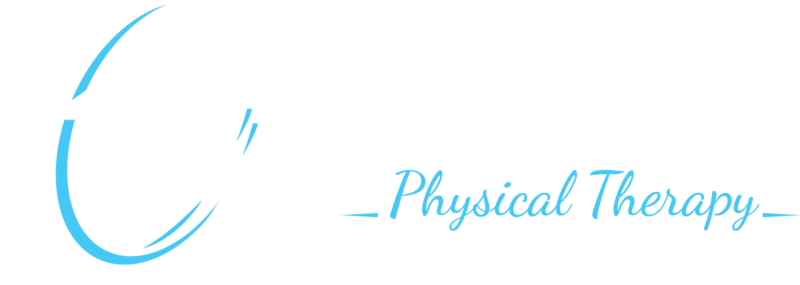Dry Needling/Acupuncture

Dry Needling/Acupuncture
This involves the precise insertion of fine needles into trigger points or acupuncture points, stimulating the release of tension and promoting natural healing processes. It can help alleviate musculoskeletal pain, reduce inflammation, and optimise overall physical well-being. Whether you're seeking relief from chronic pain, muscle tightness, or injury-related discomfort, our Dry Needling/Acupuncture treatments are designed to complement your physiotherapy journey, offering a targeted and effective method for achieving optimal results.
Dry Needling & Acupuncture
Both acupuncture and dry needling involve the use of thin, single-use, sterile stainless steel needles. Both techniques can offer relief from muscle aches, pains, and tightness.
Dry Needling
Dry needling involves the insertion of a sterile stainless-steel needle into myofascial trigger points located within the muscles and fascia. The goal of dry needling is to alleviate pain, reduce tightness, and enhance range of motion and overall function.
Dry needling operates by increasing blood supply to the affected tissue, akin to the benefits of a massage. The use of finer and more precise needles allows for targeted and precise pain relief. During the procedure, the objective is to trigger a twitch response from the muscle's targeted trigger points, indicating muscle release. Importantly, no substances are injected into the body, hence the term 'dry' needling. This method helps restore blood flow, oxygen, and nutrients to muscles that have become tight, uncomfortable, or potentially painful.
Dry needling can be effective in various scenarios, from facilitating muscle relaxation after trauma, such as whiplash injuries, to addressing persistent muscle pain like repetitive strain injuries (RSIs), and aiding in increasing muscle length for stretching and rehabilitation, such as in sports injuries. It's important to note that dry needling is a therapeutic tool used during treatment sessions and is most effective when combined with rehabilitation exercises tailored to the specific needs of patients.

Acupuncture
Acupuncture needles stimulate the flow of energy, known as Qi which circulates through pathways (meridians) within the body. This Qi connects the deeper tissues and organs with the more superficial layers and the skin, establishing a delicate balance in a healthy body.
The body possesses an innate ability to self-repair, and acupuncture serves to enhance these natural self-repair mechanisms, improving recovery and repair timeframes. Acupuncture is often used in conjunction with other physiotherapy modalities, such as exercise and conditioning.
Acupuncture entails the use of single-use, sterile, disposable needles with varying widths and lengths that are inserted into specific acupuncture points. The location of these points is determined by your therapist based on the assessment of the underlying imbalance. During a treatment session, several needles may be used, and they are typically left in position for up to 20 minutes before removal.
Acupuncture has shown efficacy in treating various forms of chronic pain, including conditions like back pain, migraines, and sinusitis. It can help in the management of chronic pain and arthritic conditions. It's a safe and effective approach to help your body return to equilibrium.
